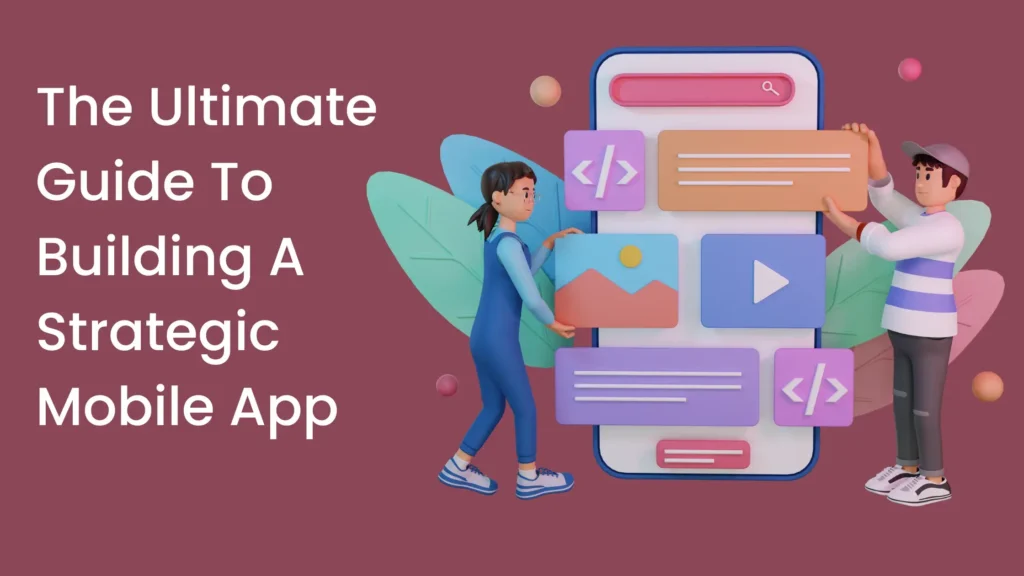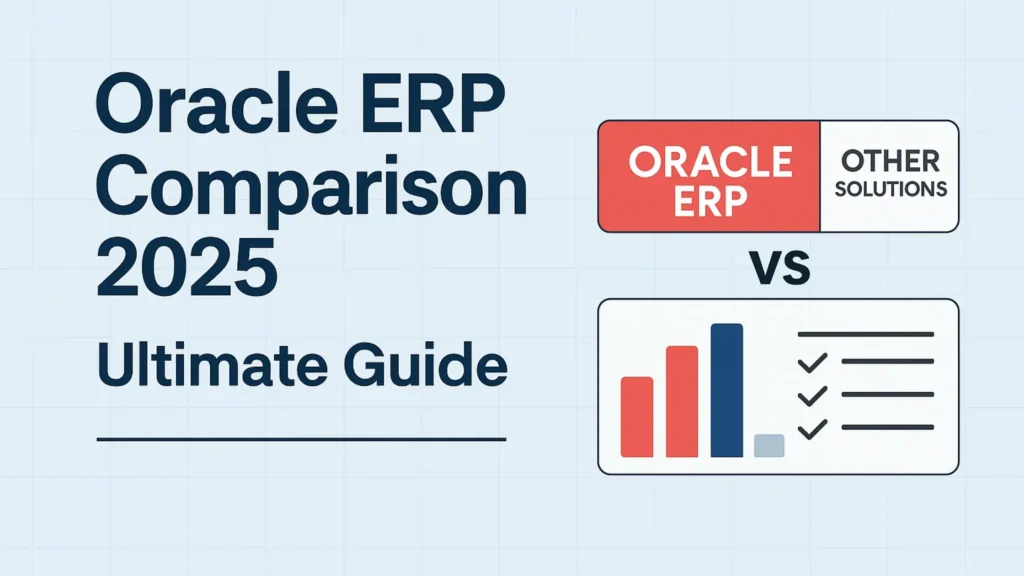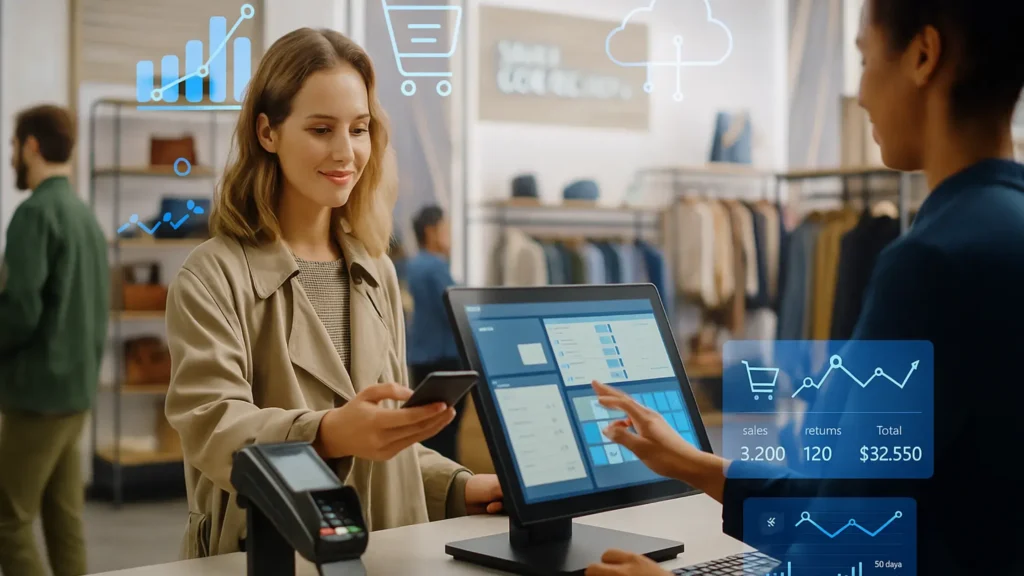In today’s digital world, mobile apps are essential for businesses to reach and engage their target audience. Strategic mobile app development is crucial to stand out in the competitive market. This guide provides insights and practical tips for building a successful app. We’ll cover defining app goals, analyzing the target audience, competitive analysis, and marketing plans. We’ve got you covered, from the mobile app development process to analyzing app performance. Get ready to embark on a journey to build a strategic mobile app.
Mobile App Development Basics
A. Understanding the mobile app development process
Mobile app development involves steps to bring an app idea to life. It typically starts with ideation and conceptualization, where the goals and features of the app are defined. Then, the app goes through design and prototyping, where user interfaces are created and tested.
The development phase involves coding and implementing the app’s functionality, followed by thorough testing to ensure smooth performance. After the development process, the mobile application is ready to be published in app stores. Users can download and install the app to use it according to their needs.
B. App design principles for a great user experience (UX)
To create a great user experience, focusing on app design principles is essential. This includes creating intuitive and user-friendly interfaces that are easy to navigate. Consideration should be given to factors such as visual hierarchy, color schemes, typography, and interactive elements.
Additionally, optimizing app performance is crucial for a smooth and enjoyable experience. This involves minimizing loading times, ensuring responsiveness, and providing feedback to user actions.
C. App monetization strategies to generate revenue
Generating revenue from mobile apps can be achieved through various monetization strategies. In-app purchases give users the ability to purchase extra features or content from within the app.
Advertising revenue can be earned by displaying ads to users through banner ads, interstitials, or rewarded video ads. Subscription models offer access to premium content or features for a recurring fee.
Another strategy is forming partnerships with other businesses, such as integrating third-party services or offering affiliate marketing opportunities. Carefully choosing the right monetization strategy depends on the target audience, app niche, and the app’s value proposition.
Strategic Planning for Mobile App Success
A. Defining your app’s goals and objectives
To ensure the success of your mobile app, it is essential to define clear goals and objectives. This involves understanding what your app aims to accomplish and how it will benefit users. Key considerations when defining your app’s goals and objectives include the following:
- What specific problem does the app solve?
- What features will the app offer?
- What unique value proposition does the app provide?
- What metrics will you use to measure the app’s success?
B. Identifying your target audience and market
Identifying your target audience and market is another crucial step in ensuring the success of your mobile app. This involves understanding who your app is designed for and what needs or pain points it addresses. Considerations include the following:
- What demographic does your app appeal to?
- What specific market segment will benefit most from your app?
- What user behaviors or preferences does your app target?
- What geographic location(s) is your target audience based?
C. Creating a competitive analysis and differentiation strategy
Creating a competitive analysis and differentiation strategy helps you analyze the current market and determine what sets your app apart. This involves researching similar apps in your niche and identifying key differentiators that set your app apart. Considerations include the following:
- What are your competitors currently offering?
- Please clarify how your strengths and weaknesses compare to those of your competitors.
What opportunities exist in the market that your app can fulfill? - How can you position your app to stand out from the competition?
D. Building a solid app marketing and promotion plan
Building a solid app marketing and promotion plan involves identifying strategies to promote your app and attract users. This can vary depending on your target audience and niche, but critical considerations include the following:
- Utilizing social media platforms to promote the app
- Creating a landing page with relevant information and promotions
- Submitting the app to relevant app stores
- Partnering with influencers or other businesses to reach your target audience
- Offering incentives or promotions to early adopters of the app
- Utilizing paid user acquisition or advertising to increase app installs.
Technical Aspects of App Development
A. Cross-platform app development: Pros and cons
Cross-platform app development enables developers to create apps for multiple platforms using a single codebase. This can provide several benefits, such as faster development times and lower costs. However, there are also potential drawbacks to consider, including the following:
Pros of cross-platform development include:
- Faster development times due to a single codebase
- Lower costs due to reduced development times and shared code
- Ability to target multiple platforms with a single app
Cons of cross-platform development include:
- Limitations in platform-specific features
- Potential performance issues due to abstraction layers
- Dependency on third-party tools or frameworks
B. App security and privacy considerations
App security and privacy considerations are crucial to protect user data and sensitive information. This involves implementing security measures and following best practices to minimize potential risks. Key considerations include the following:
- Implementing secure storage and transmission of sensitive data
- Utilizing encryption and hashing algorithms
- Implementing user authentication and authorization
- Implementing server/cloud-side security measures
- Implementing security measures to prevent common vulnerabilities like SQL injection and cross-site scripting
C. App testing and quality assurance for a bug-free experience
App testing and quality assurance are essential for ensuring a bug-free user experience. This involves testing the app thoroughly at every stage of development and before release. Key considerations include the following:
- Manual testing for bugs and errors
- Automated testing for faster, more efficient testing
- Unit testing for specific functions or features
- Integration testing for testing multiple features together
- Bug tracking and issue management
D. App maintenance and updates to stay relevant
App maintenance and updates are essential for ensuring your app stays relevant and functional. This involves releasing updates regularly to add new features, fix bugs, and improve performance. Key considerations include the following:
- We are periodically monitoring app usage metrics.
- Release new versions of the app with updated features.
- Respond to user feedback and bug reports through app updates.
- Provide adequate customer support for bug reports and user issues.
Analyzing and Tracking App Performance
A. Utilizing analytics tools to measure app performance
Utilizing analytics tools is crucial for tracking and measuring app performance. These tools provide valuable insights into user behavior, engagement, and other vital metrics. Considerations include the following:
- Implementing an analytics tool in your app to track user interactions and behavior
- Analyzing user acquisition and retention metrics to understand user engagement
- Monitoring app usage metrics such as session duration, screen flow, and in-app purchases
- Understanding user demographics and preferences through analytics data
B. App store optimization (ASO) for increased visibility
App store optimization (ASO) is optimizing your app’s listing on the app stores to increase visibility and improve app discoverability. Key considerations include the following:
- Performing keyword research to identify relevant and high-ranking keywords for app descriptions and titles
- Optimizing app metadata, including app title, description, and screenshots, to attract potential users
- Encouraging positive user reviews and ratings through app store review management
- Monitoring and responding to user reviews to address any issues or concerns
- Regularly update and improve your app based on user feedback and market trends.
C. Monitoring and optimizing app user engagement
Monitoring and optimizing app user engagement is crucial for ensuring a positive user experience and maximizing app success. Considerations include the following:
- Analyzing user engagement metrics, such as active users, session duration, and retention rates
- Identifying areas of low engagement and implementing strategies to improve user interaction and retention
- Conducting A/B testing to optimize app features, design, or content
- Implementing push notifications and in-app messaging to re-engage users and encourage app usage
- Incorporating user feedback into app updates to address user preferences and improve overall user experience
Conclusion
This covered critical aspects of building a strategic mobile app, including defining goals, identifying audiences, cross-platform development, app security, analytics, and user engagement.
Are we looking to shape your business through a Strategic Mobile App? Everite Solutions specializes in helping companies to strategize and achieve their goals. Our expert team of consultants can guide you in leveraging the power of custom software to shape your business roadmap effectively.
Visit our website, www.everitesolutions.com, to learn more about our custom software consulting services. Contact us at email id info@everitesolutions.com or our mobile number +1 404-835-1605 to schedule a consultation and discover how Everite can help shape your business’s future.







